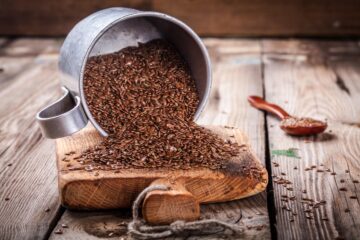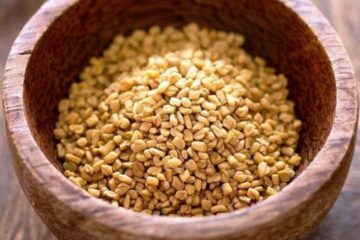Reducing salt intake is an important step in maintaining healthy blood pressure levels and reducing the risk of cardiovascular disease. One way to reduce salt intake without sacrificing flavor is to use herbs and spices to flavor foods.
Here are some tips on how to use herbs and spices to add flavor to your meals:
Start with fresh herbs: Fresh herbs have a stronger flavor than dried herbs, so they can add a lot of flavor to your meals. Some popular fresh herbs include basil, parsley, cilantro, rosemary, and thyme.
- Experiment with different spices: Spices can add a lot of flavor to your meals without adding salt. Some popular spices include cumin, coriander, turmeric, ginger, and paprika. You can also experiment with spice blends, such as curry powder or garam masala.
- Use citrus: Lemon or lime juice can add a bright, tangy flavor to your meals. You can also use citrus zest to add flavor to dishes.
- Use garlic and onions: Garlic and onions are flavorful and can add depth to dishes. You can sauté them in a small amount of oil or butter to release their flavor.
- Make your own seasoning blends: You can make your own seasoning blends using herbs, spices, and other flavorings. For example, you can make an Italian seasoning blend with dried basil, oregano, thyme, and rosemary.
Here are some examples of how to use herbs and spices to flavor common dishes:
- Roasted vegetables: Toss vegetables with olive oil, garlic, and herbs such as thyme or rosemary before roasting.
- Grilled chicken: Marinate chicken in a mixture of olive oil, lemon juice, garlic, and herbs such as oregano or rosemary before grilling.
- Pasta dishes: Add fresh herbs such as basil or parsley to pasta dishes. You can also use spices such as red pepper flakes or black pepper to add flavor.
- Soups and stews: Add dried herbs such as thyme or bay leaves to soups and stews. You can also use spices such as cumin or coriander to add flavor.




